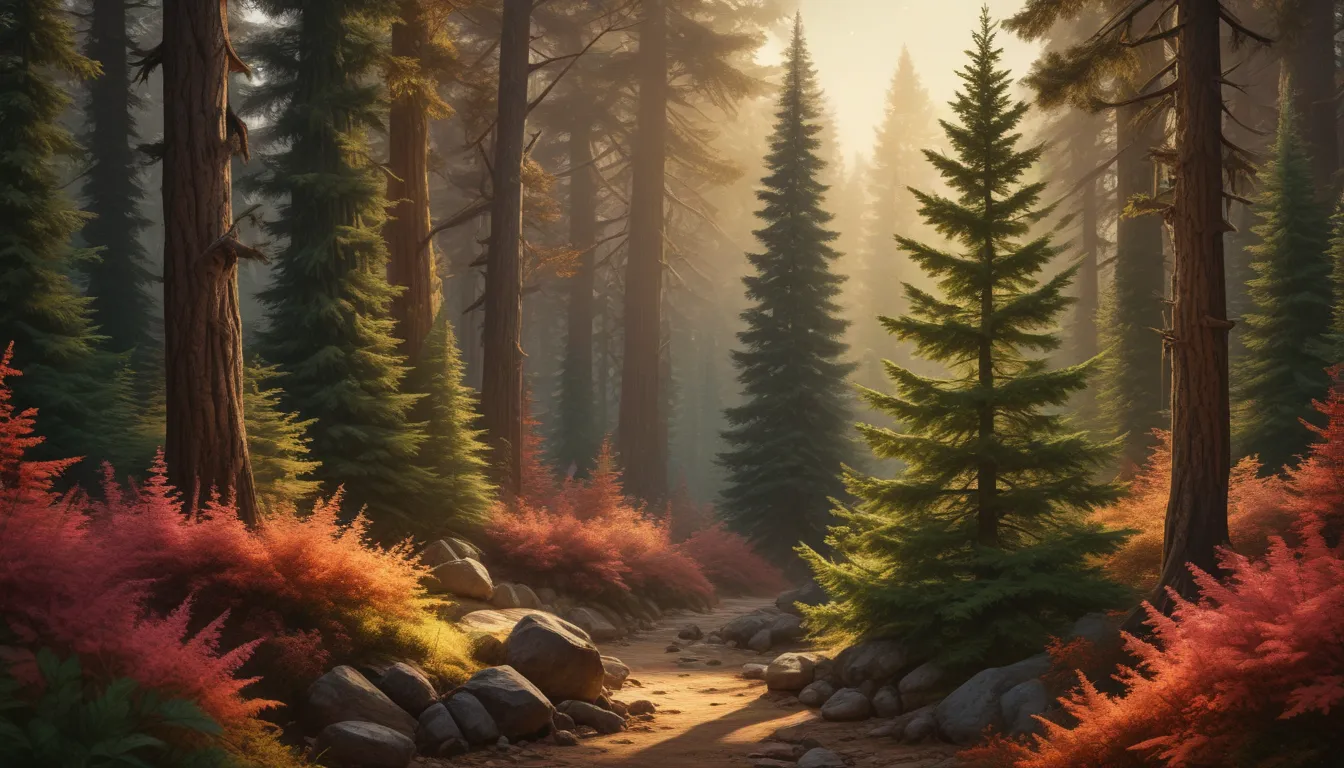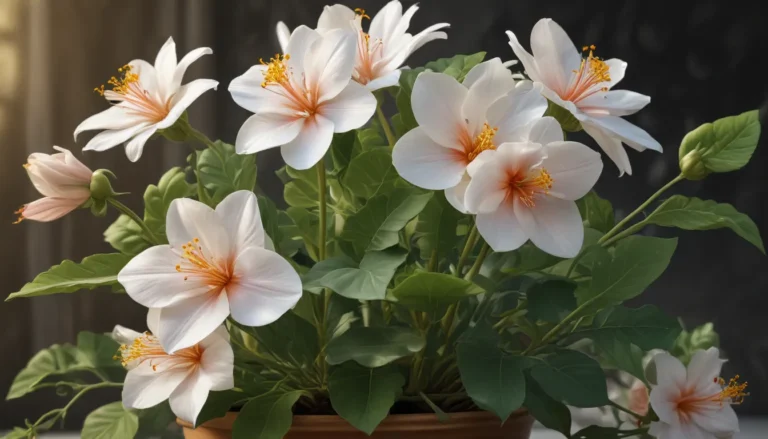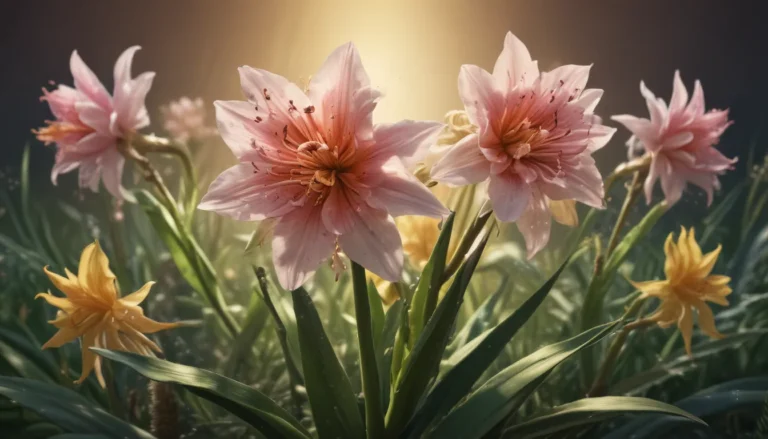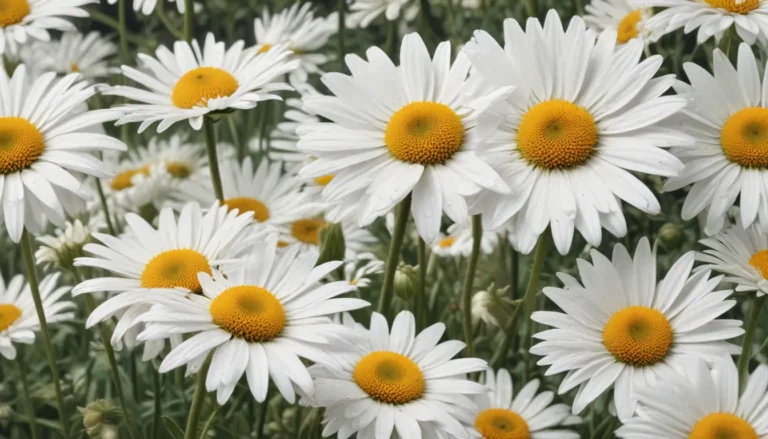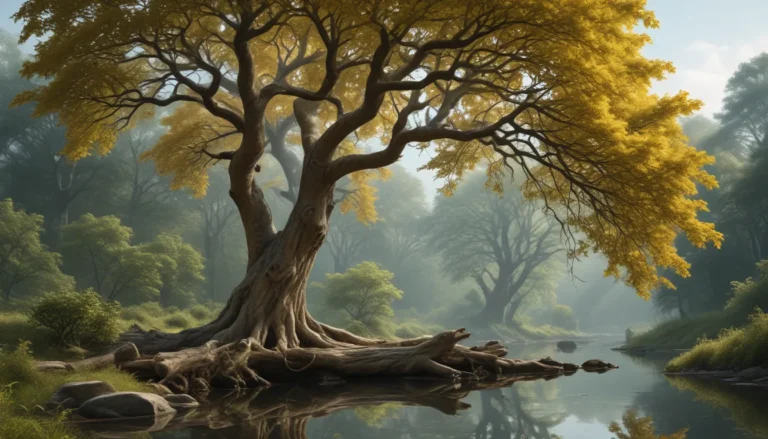The pictures we use in our articles might not show exactly what the words say. We choose these pictures to make you interested in reading more. The pictures work together with the words but don’t take their place. The words still tell you the important facts.
Nature enthusiasts and plant lovers alike are captivated by the unique charm of Chamaecyparis, also known as False Cypress. These evergreen coniferous trees boast a plethora of surprising facts that make them stand out in the botanical world. From their fragrant foliage to their historical significance, Chamaecyparis has secured a special place in the hearts and gardens of many. Let's delve into 13 surprising facts about Chamaecyparis, shedding light on its remarkable characteristics and inviting you to explore the fascinating world of this captivating plant.
Unveiling the Enigmatic Chamaecyparis
Chamaecyparis, a genus of evergreen coniferous trees belonging to the cypress family, is renowned for its unique foliage and ornamental value. With several species under its umbrella, including Chamaecyparis obtusa, Chamaecyparis lawsoniana, and Chamaecyparis pisifera, each tree showcases distinct features and growth habits that add to its allure.
A Journey from East Asia to North America
Native to East Asia, particularly Japan and Taiwan, as well as North America, Chamaecyparis trees have adapted to diverse climate conditions and can be found in a wide range of habitats. Their resilience and ability to thrive in various environments contribute to their importance in the natural world.
The Allure of Fragrant Foliage
When crushed or brushed, the foliage of Chamaecyparis trees releases a pleasant aroma, adding to their overall appeal. This fragrant feature makes them popular choices for gardens and landscapes, bringing a touch of nature's perfume to outdoor spaces.
Embracing Unique Scale-Like Leaves
The scale-like leaves of Chamaecyparis trees, arranged in flattened sprays, give them a distinctive texture and appearance. This unique foliage structure sets them apart from other conifer species, adding to their visual charm.
Enduring Elegance: Longevity of Chamaecyparis Trees
Known for their longevity, Chamaecyparis trees can live for several hundred years, showcasing their remarkable ability to withstand harsh environmental conditions and thrive for generations to come. Their enduring presence adds a sense of timelessness to any landscape.
Cultural Significance: Chamaecyparis in Traditional Japanese Gardens
Highly valued in traditional Japanese gardens for their aesthetic appeal, Chamaecyparis trees are often featured in zen gardens and bonsai arrangements. Their graceful presence infuses a sense of tranquility and harmony into the landscape.
Valor in Wood: Durable and Resistant Chamaecyparis
The durable and naturally resistant wood of Chamaecyparis trees is prized for its strength and longevity. Used in construction, furniture making, and other applications, this wood showcases the tree's versatility and utility beyond its ornamental value.
Biodiversity Hub: Habitat for Wildlife
Chamaecyparis trees play a vital role in supporting biodiversity by providing shelter and habitat for various species of birds, insects, and small mammals. Their contribution to ecosystem health highlights their importance beyond their visual appeal.
Artistry in Cultivation: Ornamental Specimens
With their attractive foliage and unique growth patterns, Chamaecyparis trees are often cultivated as ornamental specimens in gardens and parks. Whether as focal points or privacy screens, they add a touch of artistry to outdoor spaces.
Weathering the Cold: Cold-Hardy Chamaecyparis Trees
Many species of Chamaecyparis are cold-hardy and can tolerate freezing temperatures, making them suitable for cultivation in regions with harsh winters. Their ability to weather the cold adds to their appeal for gardeners in diverse climates.
Melodic Marvel: Prized Wood of Chamaecyparis
The soft and fine-textured wood of Chamaecyparis trees is sought after for its excellent resonance properties, making it ideal for producing musical instruments such as guitars and pianos. This musical connection adds a harmonious dimension to the tree's allure.
Healing Traditions: Medicinal Properties of Chamaecyparis
In traditional herbal medicine, certain parts of Chamaecyparis trees are used for their medicinal benefits, including relieving respiratory ailments and reducing stress. These therapeutic properties highlight the tree's holistic appeal in promoting health and well-being.
Conclusion: Embracing the Enchantment of Chamaecyparis
In conclusion, Chamaecyparis, with its diverse species and unique characteristics, stands as a fascinating group of plants that offer a range of surprising facts. Whether as a resilient landscape feature, a source of fragrant foliage, or a symbol of cultural significance, Chamaecyparis trees bring a touch of enchantment to gardens and landscapes. As you explore the captivating world of Chamaecyparis, you'll discover the enduring beauty and value of these remarkable trees.
FAQs: Exploring Common Queries about Chamaecyparis
- Height Variation: Chamaecyparis plants can vary in height, with some reaching only a few feet tall while others grow up to 50 feet or more.
- Maintenance: Chamaecyparis plants are known for their low maintenance nature, requiring minimal pruning and watering once established.
- Suitability for Small Gardens: Compact varieties of Chamaecyparis are ideal for small gardens, offering unique features in a manageable size.
- Cold Tolerance: Chamaecyparis plants are generally hardy and can tolerate cold temperatures, provided the right species or variety is chosen for the climate zone.
- Resistance to Deer: Chamaecyparis plants are typically resistant to deer due to their aromatic foliage and prickly texture.
- Container Growth: Certain Chamaecyparis species can be grown in containers with proper care and adequate drainage.
- Lighting Needs: Most Chamaecyparis plants prefer full sun to partial shade, although specific requirements vary by species.
- Disease Susceptibility: While resistant to many common pests and diseases, Chamaecyparis plants may face issues such as root rot or blight without proper care.
- Privacy Screen Use: Chamaecyparis plants are commonly used as natural privacy screens, thanks to their dense foliage and upright growth habit.
- Coastal Adaptability: Many Chamaecyparis plants thrive in coastal gardens, tolerating salty air and windy conditions with ease.
As you embark on your journey of discovering the enchanting world of Chamaecyparis, embrace the intrigue of these remarkable trees and their enduring presence in the natural landscape. Whether as guardians of biodiversity, providers of fragrant foliage, or sources of healing properties, Chamaecyparis trees invite you to explore their captivating realm and cultivate a deeper appreciation for the wonders of nature.
